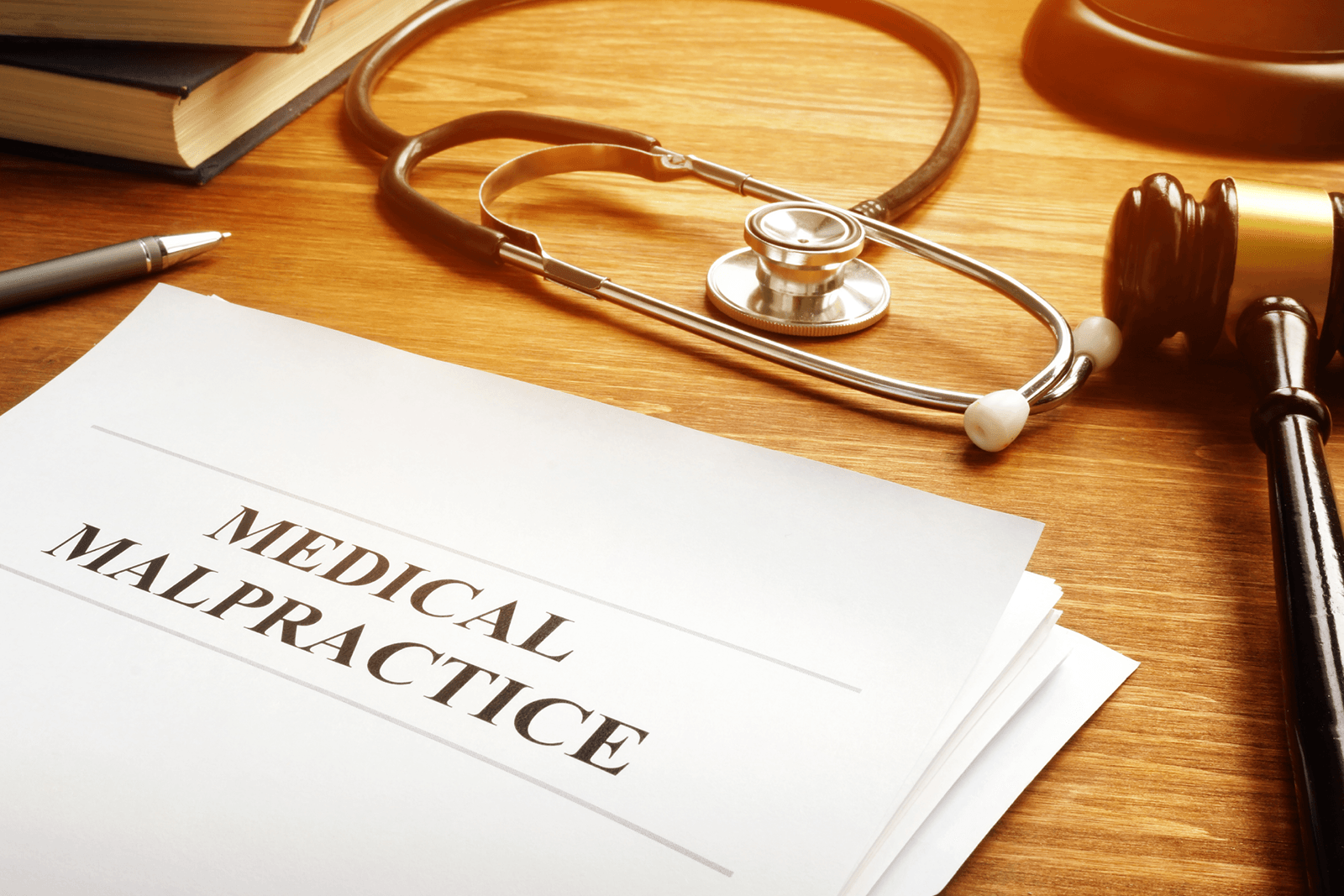The Truth About Whiplash
Whiplash, sometimes referred to as a neck sprain of strain, is an extremely common injury often resulting from a car accident. Whiplash is a term that describes a neck injury caused by a sudden movement of the head forwards, backwards or even sideways. Each year, more than 2 million Americans report experiencing whiplash. Given that whiplash is very common, it can be easy to brush it under the rug and not take it as seriously as you should. There are also a lot of myths out there that prevent people from seeking medical and legal attention. If you are in any type of accident, you need to be aware of the symptoms and effects of whiplash, so you can receive proper treatment. Otherwise, you may never fully recover.
There are many myths surrounding a whiplash injury that can make a victim feel embarrassed or minimized about their injury. We want to make people aware that whiplash is not a joke. It is a serious injury that can have very negative effects on a person’s life. Below are some common whiplash myths that we hear all the time and it’s time to set the record straight.
MYTHS:
- Whiplash can only occur in a car accident. This is a myth. Whiplash is commonly associated with car accidents in movies and stories, but it applies to any situation that causes a sudden back and forth jerk of the head and neck. You can get whiplash from a fall, or from high-impact sports, such as skiing, snowboarding, boxing, football or gymnastics.
- I would have to be involved in a high force impact to get whiplash. This is also a myth. You don’t have to crash into a building at 60 mph to get whiplash. In fact, many cases of whiplash happen at speeds as low and 5 mph. According to Harvard, a rear-end accident at only 10 mph can whip your head forward with a force of up to 9 G’s. The major factor to pay attention to isn’t speed, it’s whether or not you are wearing your seatbelt.
- It’s a minor condition that goes away in a few days. Recovery time is different for everyone and while there are people who will feel better in a few days, there are many people that will be affected for the rest of their lives. Chronic neck and shoulder pain, memory loss, and overall decrease in cognitive function are just a few possible life-long injuries as a result.
- Whiplash is a scam. In the past, whiplash and other soft tissue injuries were hard to diagnose. Doctors mostly diagnosed based on symptoms reported by the patient, making whiplash an easy injury to fake. However, with the advent of modern technology and imaging, it’s a lot more difficult to fake an injury and have it hold up in court.
- My neck feels fine, so I can’t have whiplash. Neck pain isn’t the only symptom required to have whiplash. In fact, it’s not even required. Other symptoms that need to be considered include: numbness in your arms and hands, nausea, dizziness, difficulty swallowing, blurred vision, and neck swelling.
SYMPTOMS OF WHIPLASH:
As you can see, there are so many reasons why people may be hesitant to consider whiplash a serious problem. It’s important to keep in mind that you can have whiplash under many different scenarios. Get checked out by a doctor as soon as possible right after the accident and make sure to contact an experienced law firm to help you with your whiplash injury claim. According to the Mayo Clinic, signs and symptoms of whiplash usually occur within 24 hours, but this is not always the case. Symptoms to look out for include:
- Neck pain and stiffness
- Worsening of pain with movement
- Numbness in your arms and hands
- Loss of range of motion in neck
- Nausea
- Headaches
- Dizziness
- Difficulty swallowing
- Fatigue
- Blurred vision
- Neck swelling
You may experience these symptoms immediately after the accident, but they could take days or weeks to develop. A later onset of symptoms doesn’t indicate a more serious injury, but regardless of when pain starts, don’t ignore it. We recommend keeping note of which symptoms you are experiencing and when so that you can tell your medical professional.
DIAGNOSIS & FILING A CLAIM:
Most medical professionals will know what signs to look for after a car accident. However, it is important that they document your injuries and file proper medical records. These will be vital should you choose to file a personal injury case. Properly diagnosing whiplash requires a careful examination by a physician and you should never try to self-diagnose any condition or injury. Once you are diagnosed with a medically documented whiplash injury, do not delay seeking out an experienced personal injury attorney and filing a claim.
WHITESIDE & GOLDBERG, LTD.
Whiplash is a serious issue that can make daily life difficult and painful. Whiteside & Goldberg, Ltd. understands the lasting effects that whiplash can have on a person. Even though most people tend to regard whiplash as “minor”, it can be a very debilitating condition and you deserve to have a law firm by your side that will take your case seriously and fight to get you the compensation that you deserve.
No matter the severity, it is always important to contact a qualified lawyer to help you recover any losses or damages. A neck injury can take a toll on your wellbeing and finances via medical bills, lost income, and overall pain and suffering. We have seen first-hand how car accident injuries can impact a person’s life. Take advantage of our free consultation and remember that we never charge a fee until we win a settlement for you. You can contact us today at by calling 312-334-6875 for the WG Law Group Michigan Avenue location and 815-730-7535 for our Shorewood office.
The content of this blog is intended for informational purposes only and does not constitute or establish an attorney-client relationship, nor constitute legal advice. If you wish to discuss any further aspect of the material contained herein, please contact an attorney at Whiteside & Goldberg, Ltd.





